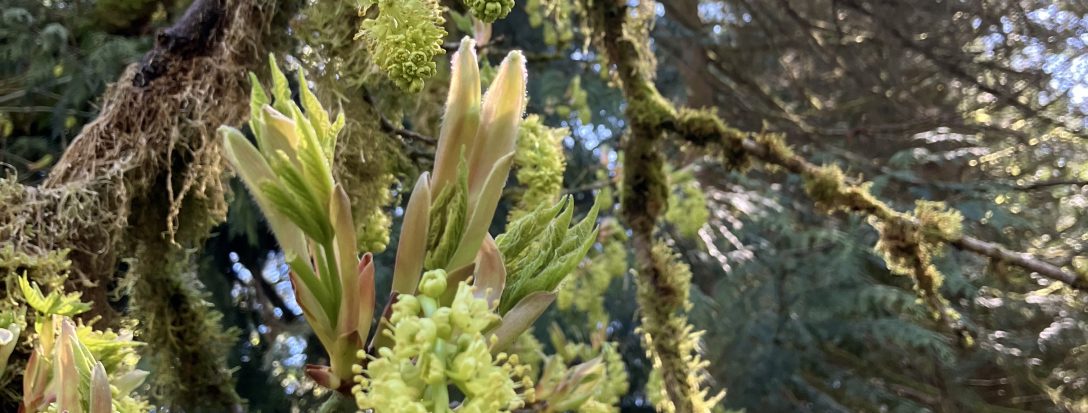
On a long walk within a stone’s throw of EEC Forest Stewardship, I came upon this wonderful sign. Tracks are such exciting ecological intrigue. These were large, and other sign along the walk hinted at it’s presence along the trail long before these clear signatures. If you’re looking at the picture above and wondering what the heck I’m talking about, you’re not alone. Here, try the pics below-


Most of us will only ever see a bear from the safety of our living rooms, watching an epic video of one catching a salmon in its great jaw. Some might catch one at a trashcan, but very few of us will have the chance to see one in the wild. Bears are such amazing creatures, and so close to humans in diet, size, and mammalian practice. Often personified as lovable characters like the teddy bear, and Smokey, the bear has become a shadow in living memory, almost mythic. However, these thriving animals are alive and surviving in what’s left of our global woodlands, though threat of habitat destruction still threatens most wildlife around the world.

Here at EEC Forest Stewardship, the cultivation and restoration of native habitat is crucial to any plan for long term sustainability- abundance of the resources all life needs to survive. Several mega-fauna species inhabit our bio-region, which speaks to the overall health of the ecology. But the numbers are not stable, and one, the wolf, has already been driven out by man’s struggle to control the environment to his advantage, at the cost of a fragile natural balance already woven in place and evolved over millions of years. Nature has an auto-correct button for species like this, and 99% of all life on earth till now, has gone extinct. Why not live lightly while we can?
Meanwhile, the bears capitalize on our gluttonous ways, raiding human refuse piles for untapped treasures in caloric gain. At EEC, we make sure our food scraps are properly composted and buried to reduce scent temptations. But sometimes, we set up a trail cam with a few bones to see who is cruising the neighborhood. This Spring (2020), a large female black bear and her two yearlings have shown up. We’re thrilled to see these majestic giants looming out of the darkness- and recognize that we’ll continue precautions around our orchards and livestock.

This beautiful image was captured a few summers ago, along with some great tracks in the mud nearby. I’m wondering if this is the same adult bear. We thought it was a male, because of size, but the female in the night photos above is impressively large, like the day picture above. In the eight years I’ve lived on this land, there have been no bears near the house or barns. We’ve made sure to upkeep a low profile, especially when it comes to manure smells and grain. The land also hosts a dog, who’s sentinel bark is a sharp reminder that approaching the farm house is unwise. In our area, there have been bear problems- trashcan raids, livestock predation, and human encounters. One man fired his gun into the air to scare a bear out of his goat’s paddock. The bear stood its ground, and the man went back into the house and locked his door till the animal moved on.

The post you can see this momma bear leaning against in the still shot above is about 2 1/2′ high. This means the bear is about 3′ at the shoulder. This sow (female bear) seems to have short legs- but that’s only due to her bulky body being so round and full- a great sign this she-bear is getting plenty to eat. Her broad head is also a sign of maturity. If she didn’t have cubs with her, I would think she was a boar (male bear). So far, the family has kept out of sight, coming out at night to forage along the stream- which we encourage. But as the fruit season sets in late summer, the aroma of fresh fruit will become great temptation. At EEC, we harvest apples as they come into season, making sure to pick up any fallen fruit from the ground to prevent more smell buildup.
By continuing our bear aware actions and keeping the farm low profile, we’re teaming up to support the bear, and other wildlife, from becoming a “nuisance” animal. It is encouraging to see the bear population sustaining its self on the edge of human development. Luckily, this sow and her cubs have kept their distance. In return, we get to steward the land and offer a corridor of habitat along our creek for all wildlife, with the intention of continuing to plant more forest of native habitat to cultivate future generations of all walks of life.


